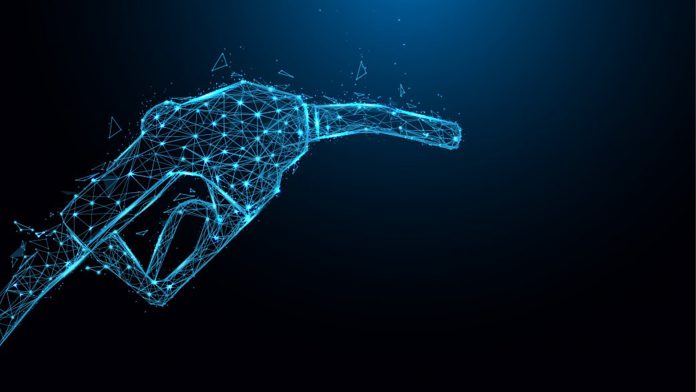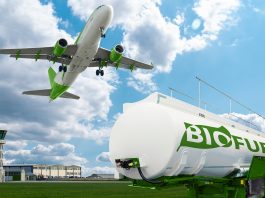Researchers at KAUST have innovated an Artificial Intelligence (AI) model to help design new alternative fuels to reduce carbon emissions in the transport sector.
The AI method comprises an inverse mixture-design approach based on Machine Learning that teaches computers to create mixtures from a set of target properties. The novel model will potentially help pioneer high-performance alternative fuels that burn efficiently whilst emitting low emissions into the atmosphere.
Mitigating climate change with alternative fuels
Greenhouse gas emissions from the transport industry are a significant contributor to climate change and subsequent rising temperatures globally. The vast majority of CO2 emissions are produced by the combustion of hydrocarbon fuels, including petrol, that power the engines of most vehicles. A promising strategy to mitigate these environmental issues is to develop green alternative fuels that are more efficient whilst producing lower emissions.
Currently, there are multiple methods for evaluating fuels; however, they are usually validated on smaller blends or need further preprocessing, therefore making the configurations unsuitable for inverse fuel design.
Nursulu Kuzhagaliyeva, the first author of the study from KAUST, commented: “The key bottleneck is screening complex mixtures containing hundreds of components to predict synergistic and antagonistic effects of species on the resultant mixture properties.”
Optimising fuel screening with AI
To optimise fuel screening, the team created a deep learning method consisting of multiple smaller networks dedicated to specific tasks.
“This problem was a good fit for deep learning that allows capturing nonlinear interactions between species,” Kuzhagaliyeva explained.
Utilising the inverse-design approach, the team started by defining combustion-related properties, including fuel ignition quality and sooting propensity, which, based on these parameters, allowed them to determine potential alternative fuels.
Due to a lack of publicly available experimental data, the researchers developed a comprehensive database using experimental measurements from the literature to train the model. The database included different types of pure compounds, surrogate fuel blends, and complex mixtures like petrol.
Additionally, there was no model adaptable to inverse fuel design, so the researchers embedded vector representations into the model. These were inspired by text-processing techniques that relate words to phrases using hidden vectors, introducing a mixing operator that directly connects hidden representations of pure compounds and mixtures through linear combinations.
The team also added search algorithms to detect fuel mixtures that match the predefined properties within a chemical space. The groundbreaking model effectively predicted the fuel ignition quality and sooting of a range of molecules and mixtures, also identifying multiple fuel blends fitting the criteria.
The researchers are now refining the model by extending the property database to further criteria, including volatility, viscosity, and pollutant formation, and it is being advanced to formulate petrol e-fuels and synthetic aviation fuels.
Kuzhagaliyeva concluded: “We are also developing a cloud-based platform to enable others to use the tool.”








